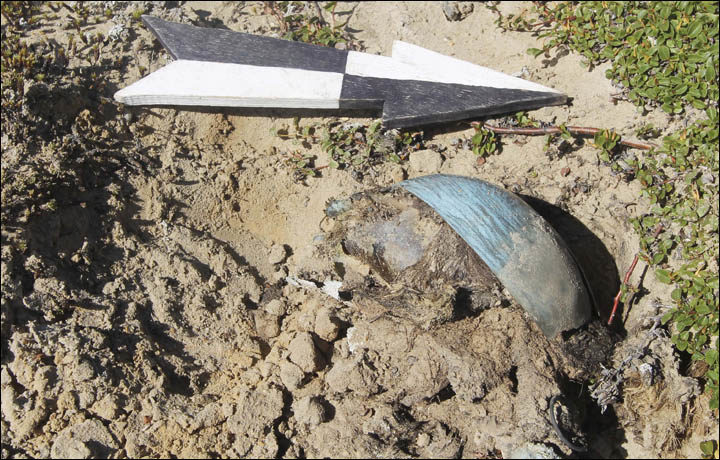
The skull pieces were discovered by archeologists above the Arctic Circle on the remote permafrost Gydan peninsula close to the Kara Sea in Yamalo-Nenets autonomous region.
Scientists last year announced the find of the turquoise-coloured bronze bowl fragment - originally from Persia, some 6,000 kilometres to the south - but now say that this unique discovery in the extreme north of Russia was part of an elaborate burial of a child from an elite family, aged no older than three when he or she died. Earlier the bowl was identified as a cup.
Archeologist Andrey Gusev, researcher at the Arctic Research Centre, Salekhard, suggested the child was born to a medieval polar potentate.
'We can definitely say that this child was not ordinary,' he said. 'He or she was from some wealthy family, judging by the things laid in the grave. The parents could afford quite expensive things, especially the bowl - it was imported.'
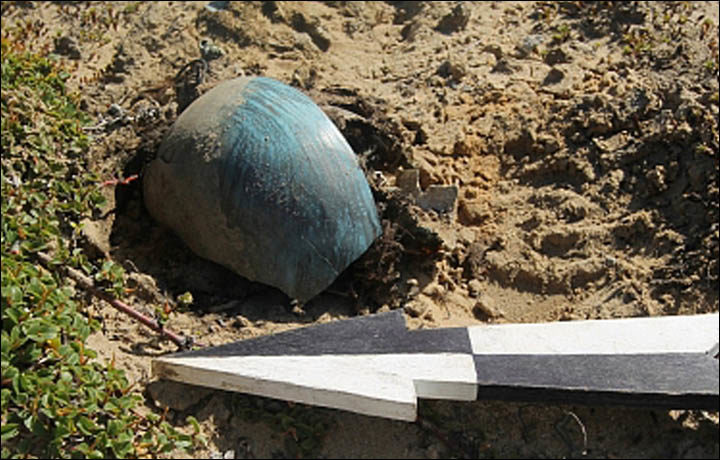
A small temple ring was also found. Medical expert Evgenia Syatova, from Yekaterinburg, said: 'When archaeologists suspected it could be a burial, they just cut also the soil beneath the bowl and sent it to me.
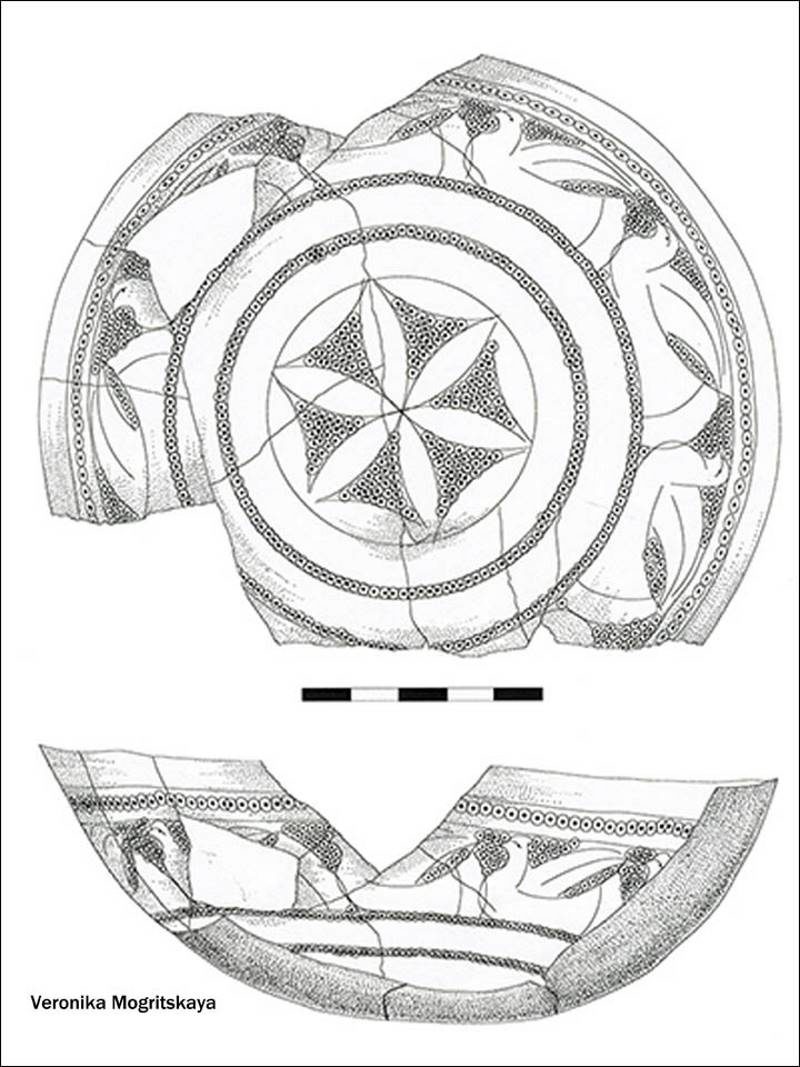
'Sadly we cannot be more precise,' said Gusev.
'The burial itself dates to the 10th to 12th centuries, so it is about 1,000 year old. We date the burial by the (Persian) bowl and also by the bronze decoration of the sheath and bronze handle of the knife.
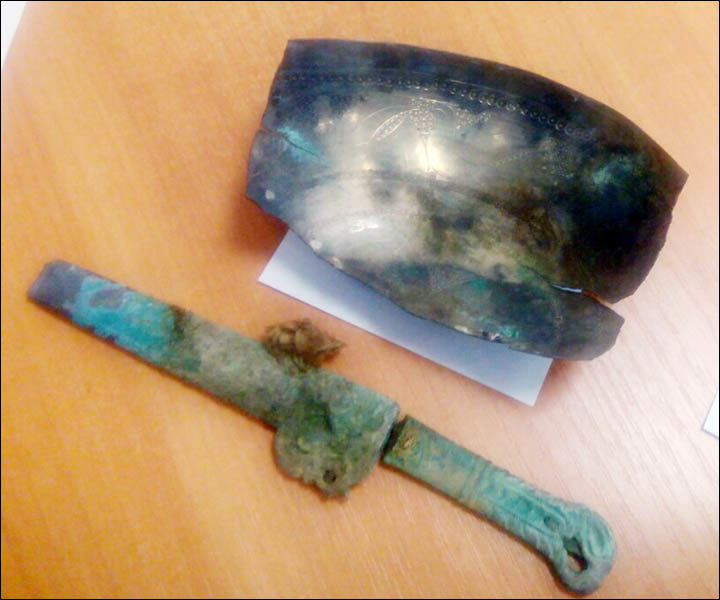
The bowl originates from modern day Iran.
Gusev said: 'The bowl, or more correctly, a large fragment was laid in the ground upside down. It is not clear yet if initially the bowl was intact or a fragment was placed to cover part of the head.'
He said experts are seeking to explain where the child's clan originated from to settle in the inhospitable Gydan peninsula in the middle ages. It is likely ancient traders seeking walrus tusks, hunting birds and fur brought the bowl to the north.
Scientist Dr Arkady Baulo, from Institute of Archaeology and Ethnography, Novosibirsk, said: 'From the 6th and 7th centuries AD Central Asian merchants began to appear in the Upper Kama region. They exported walrus tusks, hunting birds and fur from the north.
The grave was exposed by wind erosion.
'We were extremely lucky to find it,' said Gusev. 'There were no signs of a burial on the surface. Of course, on one hand, it is a pity that the burial was partly destroyed by wind erosion.
'But it helped us to find it. We just saw the bowl on the surface.'
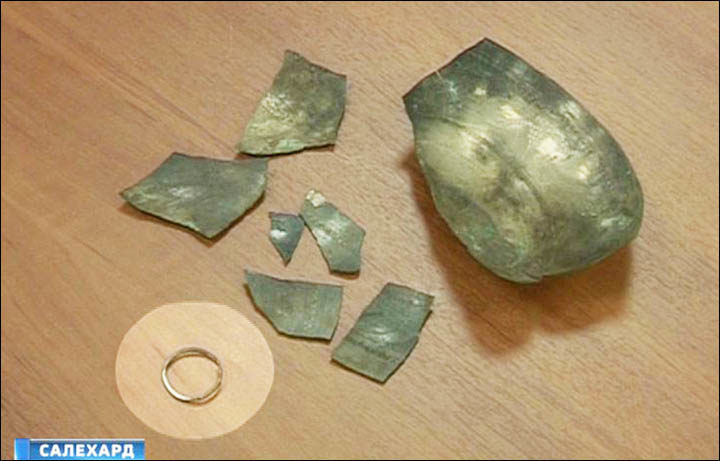
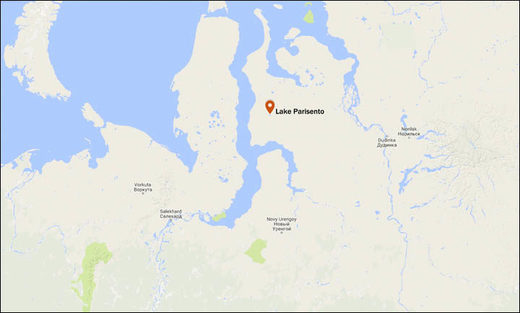



Reader Comments
to our Newsletter